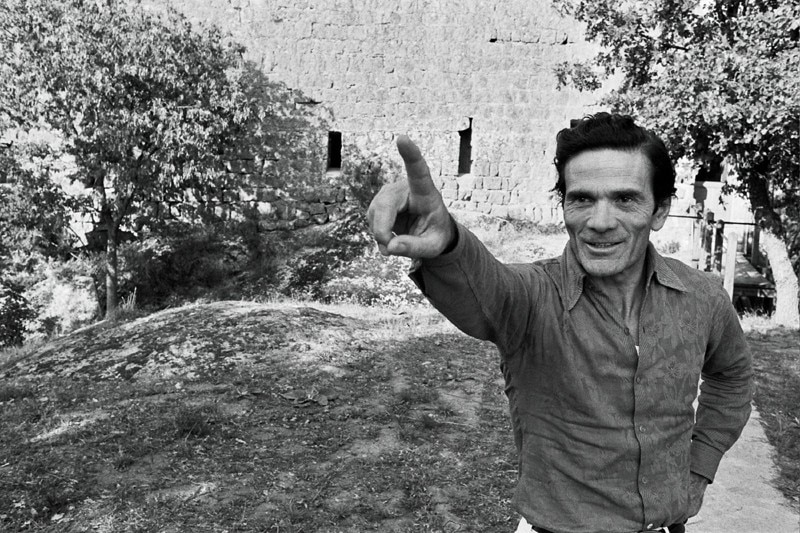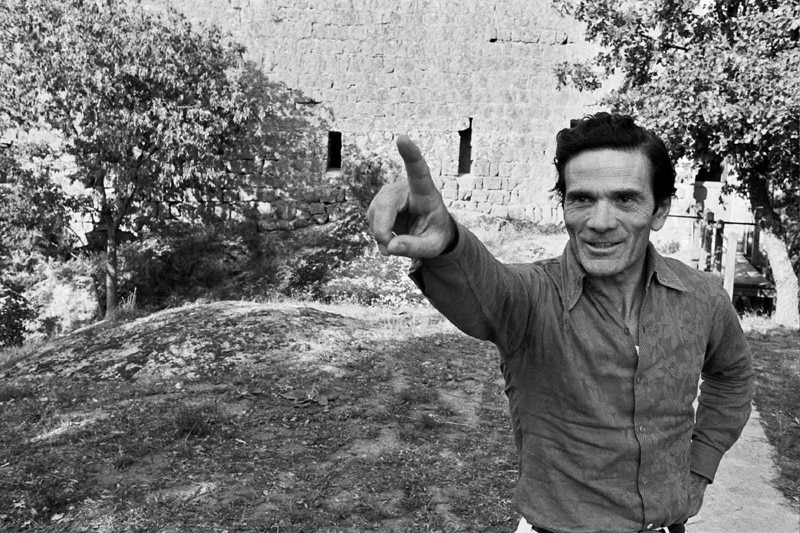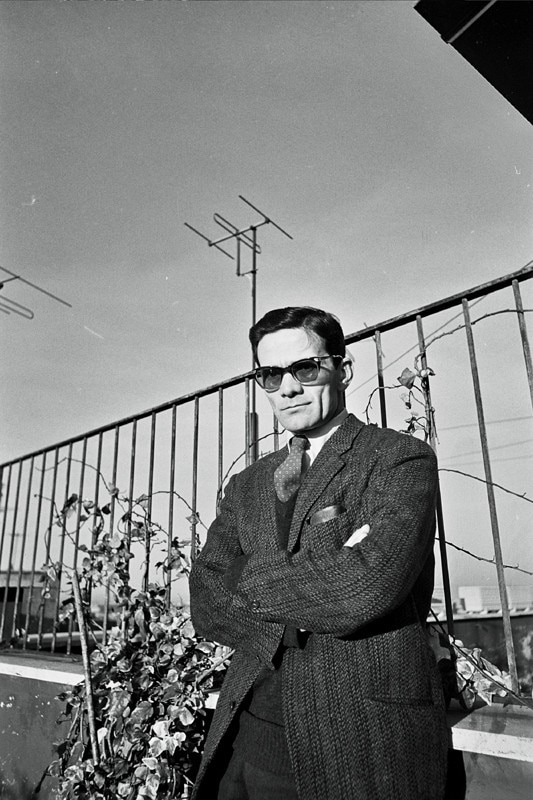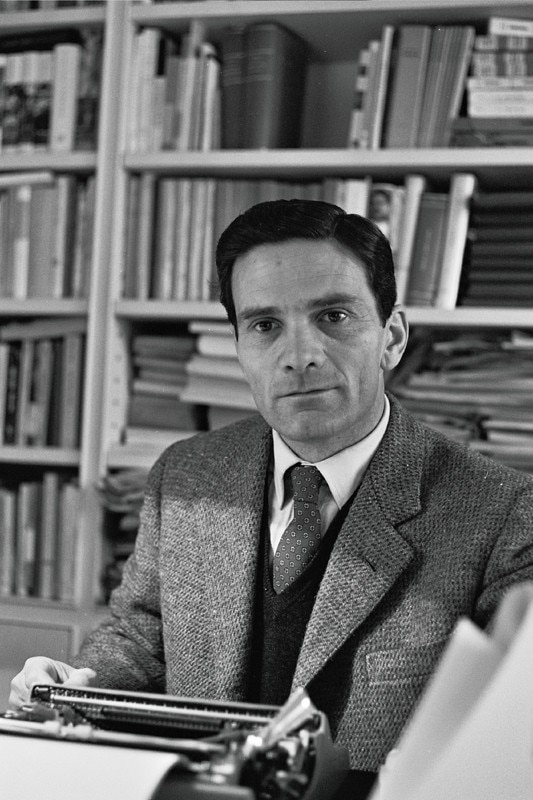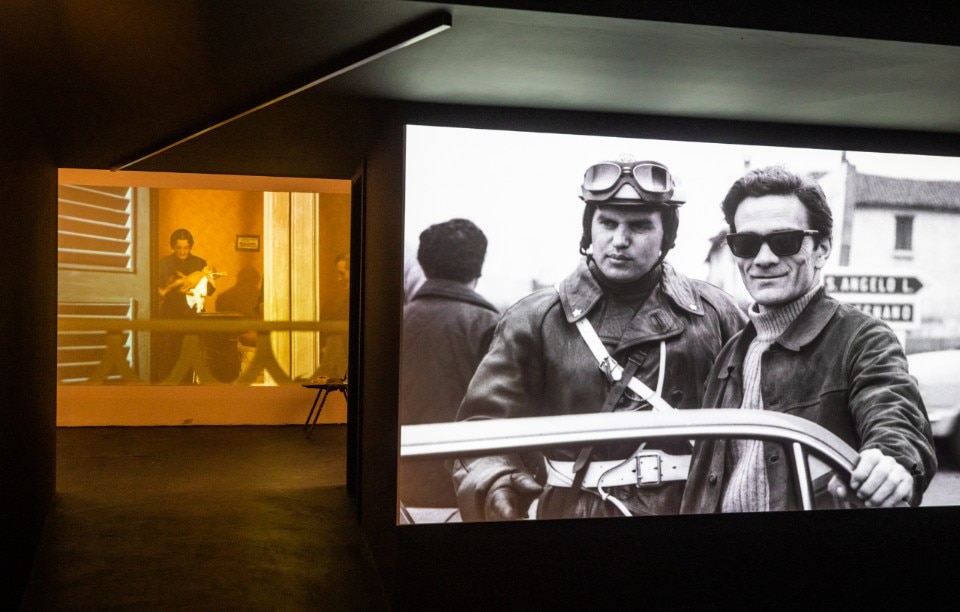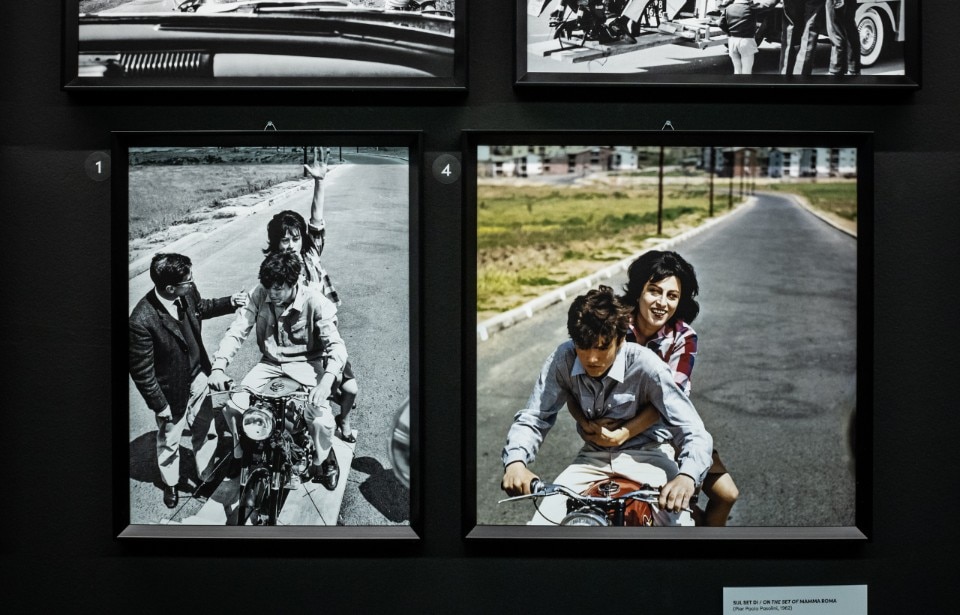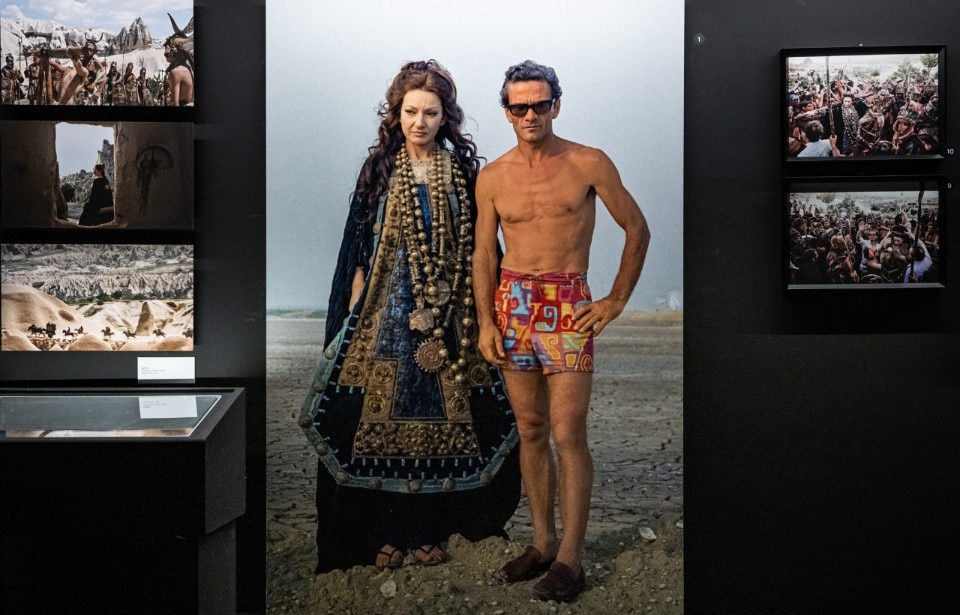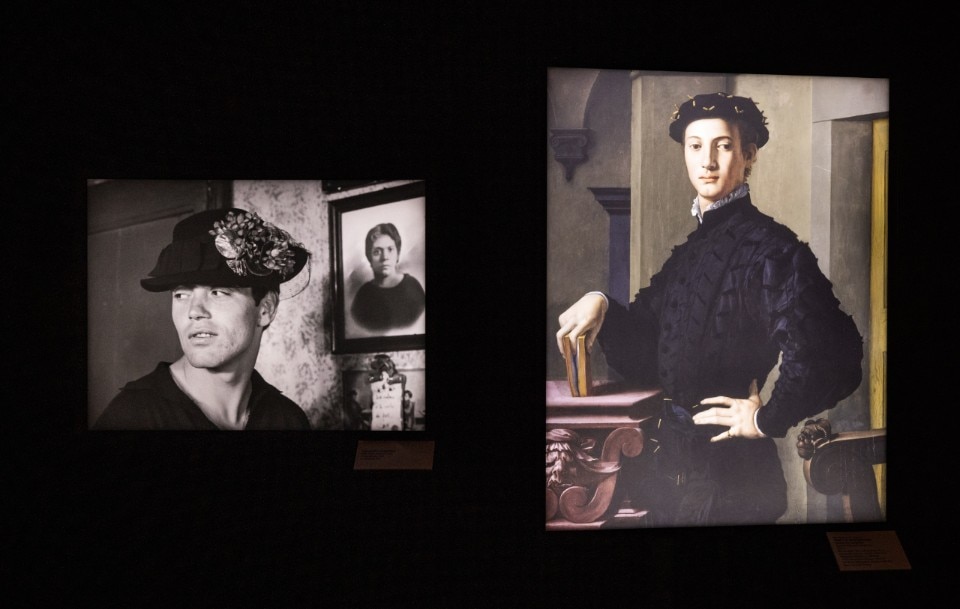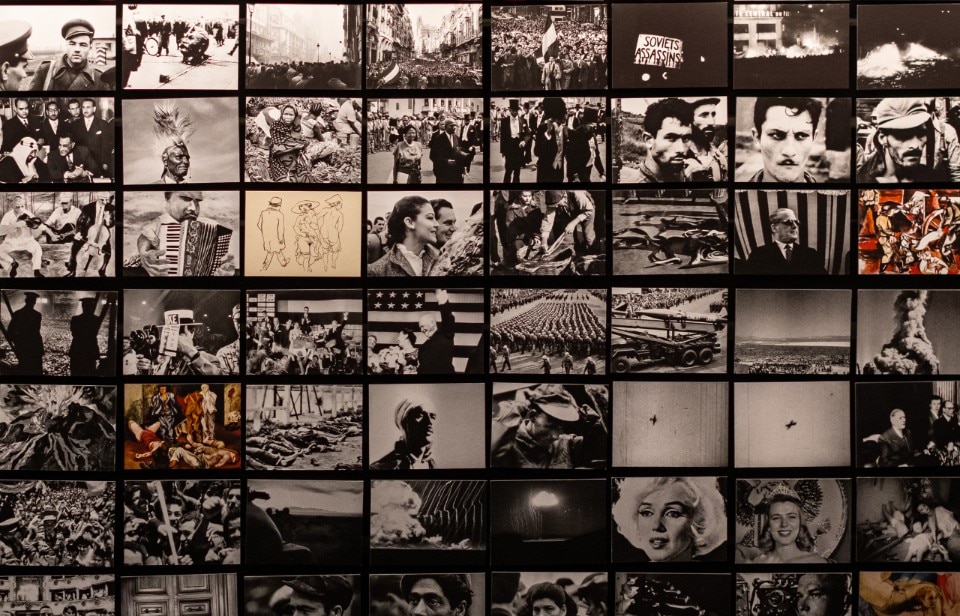Pier Paolo Pasolini, through his works and his hybrid path – between poetry, prose, socio-cultural analysis, philosophy, visual arts and cinema – has left an indelible mark in history, not only in Italy, but all over the world. Thus, today that he would have turned one hundred years old, if a tragic and violent end had not been stopped his existence in 1975, Pasolini is celebrated throughout the Italian peninsula, in particular in those places that formed and inspired him and to which his history linked.
Bologna – Pasolini 100
The Cineteca di Bologna, one of the most significant centers in the world where the work of Pasolini has been studied for decades, is dedicating an exhibition to PPP (Pier Paolo Pasolini. Folgorazioni figurativa, open until October 16, 2022, in the new exhibition spaces of the underpass of Piazza Re Enzo), two publications (Pasolini and Bologna and Pier Paolo Pasolini. Folgorazioni figurative – the latter accompanying the exhibition) and an integral retrospective at the Cinema Lumière, as long as the distribution throughout Italy of a selection of his films, to follow the trace that the city has left in its formation. From his birth, in via Borgonuovo, the 5th of March 1922, passing through the years of high school and university, marked by a teacher such as the art historian and critic Roberto Longhi, who nurtured his passion for figurative art, that will characterize his entire creative path.
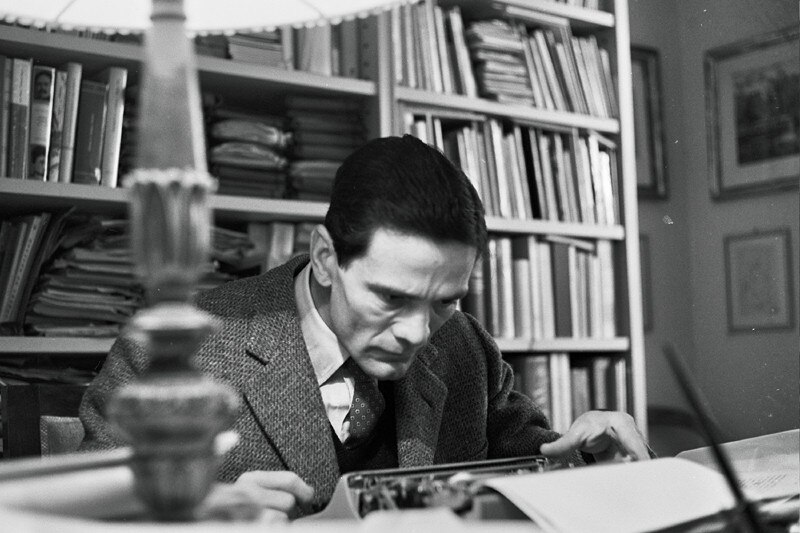
PPP100 – Roma racconta Pasolini
Impossible to untie the name of Pasolini from that of Rome: the capital taught PPP “what that cheerful and ferocious men learn as children” and today it celebrates him with many events, widespread among large institutions and cultural associations, with a year-long program and full of screenings, meetings and exhibitions.
The contribution of the Casa del Cinema starts on 9th of March with Pasolini Extra, a review created in collaboration with the Cineteca Nazionale which for five days will bring on the screen homages dedicated to PPP, introduced by personalities from the world of cinema – such as David Grieco, Abel Ferrara and Aurelio Grimaldi. The film review continues at the Nuovo Sacher and will close on 27th of March with the triple screening of Salò, or the 120 Days of Sodom. The photographic exhibition Gli Orienti di Pier Paolo Pasolini. Il fiore delle Mille e una notte (The Orients of Pier Paolo Pasolini. Arabian Nights) will open at the Casa del Cinema on March the 15th.
The city museums will host many exhibitions during the year, such as Pasolini Pittore (Pasolini Painter) from the 14th of October at the Galleria d’Arte Moderna, and the exhibition project that investigates the relationship between sacredness and Pasolini, many times denounced for blasphemy and contempt of religion, Pier Paolo Pasolini. Tutto è sacro (Pier Paolo Pasolini. Everything is holy), articulated between Palazzo Barberini (from 10/28), Palaexpo (from 10/17) and Maxxi (from 11/17), which already hosts the first of three conferences curated by Walter Siti, Pasolini: il lungo addio (Pasolini: the long goodbye) on Saturday the 5th of March: with Siti himself and Andrea Cortellessa.
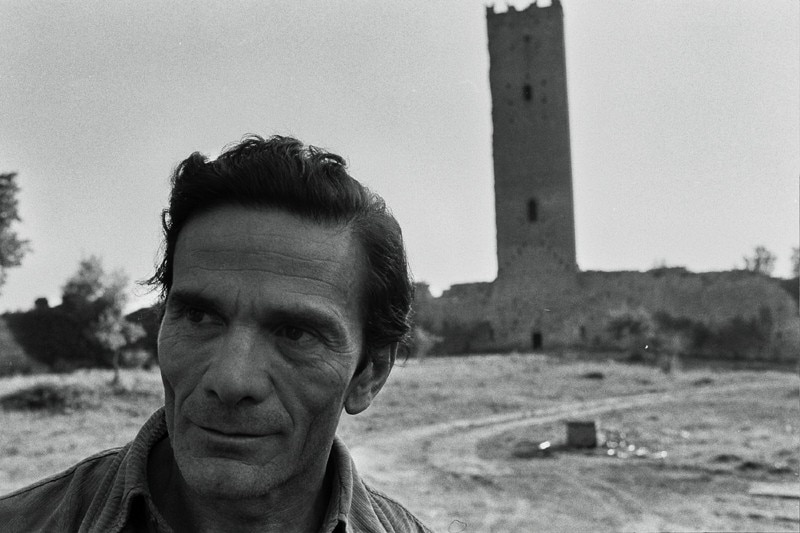
There are also many shows. On Saturday in via dell’Idroscalo, will be held Who is me?, a site-specific extract from the show directed by Alessandro Guerra; then there are the projects scheduled during the year, such as Maria Callas and Pier Paolo Pasolini in Autumn at the Teatro dell’Opera; the four days of Homage to Pasolini by Giorgio Barberio Corsetti at Teatro India at the beginning of Summer, but also The right wing of the leather God. Homage to Pasolini in May, directed by Luciano Melchionna at the Teatro Biblioteca Quarticciolo.
Mostly unpublished photos are those showed (from March the 5th) in the Museo dell’Arte Classica of La Sapienza University with On the set of Medea (Sul set di Medea) which collects some shots by Mimmo Cattarinich from the private collection of Stefano Di Tommaso, while until March the 27th it will be open Silentium: Beyond The Gospel According to St. Matthew (Silentium: oltre il Vangelo Secondo Matteo) in the Church of Sant’Andrea al Celio, the homage by the photographer Danilo Mauro Malatesta to Pasolini and his spirituality.
Friuli-Venezia Giulia
During the Second World War, Pasolini’s family went to live in Casarsa della Delizia, a few kilometers from the Tagliamento river. These places were always dear to the poet, who in fact wrote many compositions in the Friulian dialect. Casa Colussi, the maternal home and headquarters of the Pier Paolo Pasolini Study Center (which collects a rich collection of manuscripts, photographs and documentaries), will host until the 3rd of April the review The Drawings of the Grado Lagoon (I disegni della laguna di Grado), relating to the film Medea, shot with Maria Callas in the lagoon, on the islet of Mota Safon.
From May the 27th, Villa Manin in Passariano di Codroipo (near Udine), Cinemazero and the Centro Studi Pier Paolo Pasolini in Casarsa della Delizia will present the exhibition Pier Paolo Pasolini. Under the Eyes of the World (Pier Paolo Pasolini. Sotto gli occhi del mondo), curated by Silvia Martín Gutiérrez, promoted by ERPAC – Regional Body for the Cultural Heritage of Friuli Venezia Giulia. Pier Paolo Pasolini was in fact one of the most photographed artists of the Twentieth century. Each photo dedicated to him constitutes a whole world.
With more than 170 unpublished portraits by Pier Paolo Pasolini, the exhibition brings to light entire photographic services still unknown, some of which were made by internationally acclaimed photographers, such as Richard Avedon, Herbert List, Henri Cartier-Bresson and many others. The public will be able for the first time to see Pasolini’s meeting with Man Ray, to propose him to design the poster for Salò; Pasolini in Stockholm a few days before being killed, to make himself known in the world of the Nobel Prize; Pasolini around the world in search of otherness, the anomaly that he then reconstructs on the sets of his moovies; or in the film festivals where he meets intellectuals and filmmakers such as Orson Welles, Agnès Varda, Jonas Mekas and Jean-Luc Godard.

